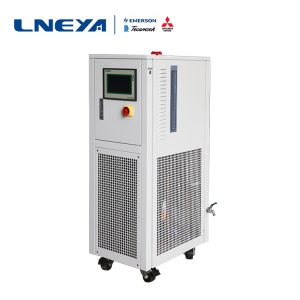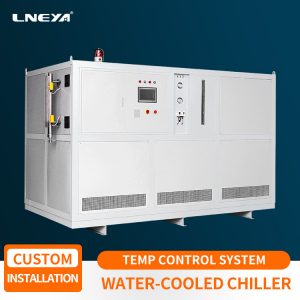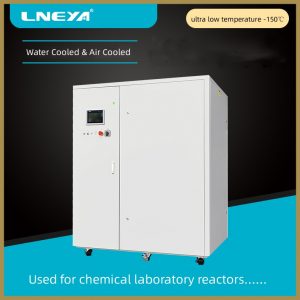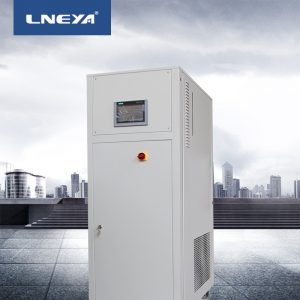Which industries are used for semiconductor device test equipment?
Semiconductor device test equipment is used more in the semiconductor industry. So, how much do you know about the applicable semiconductor conductors? The properties of this substance are still recommended to the user.
In general, substances can be classified into conductors, insulators, and semiconductors according to their electrical conductivity. The conductive properties of a substance depend on the atomic structure. The conductor is generally a low-cost element, such as copper, iron, aluminum, etc., and the outer electrons are bound by the nucleus, so that it is easy to break the bond of the nucleus into free electrons. Therefore, under the action of an external electric field, these electrons generate directional motion (called drift motion) to form a current, which exhibits better electrical conductivity. The electrons of high-priced elements (such as inert gases) and high-molecular substances (such as rubber and plastics) are strongly bound by the nucleus. They are not easily detached from the nucleus and become free electrons. Therefore, they have poor conductivity and can be used as insulating materials. The outer electrons of semiconductor materials are not as easy to get rid of the nucleus as the conductors, become free electrons, and are not as tightly bound by the nucleus as insulators. Therefore, the conductive properties of semiconductors are somewhere in between.
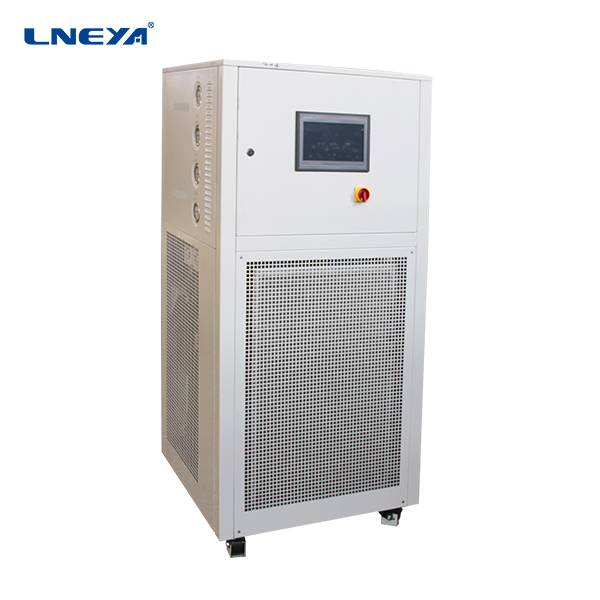
A semiconductor with a pure crystal structure is called an intrinsic semiconductor. Commonly used semiconductor materials are silicon and germanium, which are tetravalent elements with four valence electrons in the outer orbital of the atomic structure. When a silicon or germanium material is drawn into a single crystal, a pair of outer electrons (valence electrons) of two adjacent atoms become a common electron, which on the one hand moves around their own nucleus and on the other hand appears in the orbit to which the adjacent atom belongs. on. Immediate electrons are not only affected by their own nucleus, but also by adjacent nuclei. Thus, two adjacent atoms share a pair of valence electrons to form a covalent bond structure. Therefore, in the crystal, each atom is closely related to the surrounding four atoms by covalent bonds.
LNEYA’s semiconductor device test equipment is widely used in high and low temperature testing, electronic equipment high temperature and low temperature constant temperature test cold and heat source.
(Content source network, if there is any infringement, please contact to delete.)
Raccomandazioni correlate
-
Come scegliere il prezzo del sistema a temperatura costante per semiconduttori?
1145Now, it can be said that most of the industrial productions require semiconductor constant temperature systems to provide professional refrigeration. An efficient semiconductor constant temperature system can provide great help for various industr...
Visualizza i dettagli -
Quali sono le ragioni del consumo di energia delle unità di refrigerazione di grandi dimensioni?
930Durante il funzionamento delle unità di refrigerazione di grandi dimensioni, la capacità di raffreddamento e le condizioni di lavoro sono i fattori principali del consumo di energia, ma per evitare un consumo di energia non necessario, è necessario capire bene. Quando la scala o...
Visualizza i dettagli -
The reason why the cooling thermostat Chiller suddenly fails to start
1012If there are any unexpected situations during the use of the cooling thermostat Chiller, it is important to promptly identify the specific reasons before resolving them, in order to effectively address various issues. For example, what is the re...
Visualizza i dettagli -
Effect Of Humidity On Laboratory Chillers
1010The high humidity reduces the insulation strength of the electrical equipment of the chiller in the laboratory. The moisture in the air adheres to the surface of the insulating material to form condensation, which reduces the insulation resistance...
Visualizza i dettagli
 Refrigeratori industriali LNEYA Produttore Fornitore
Refrigeratori industriali LNEYA Produttore Fornitore









